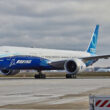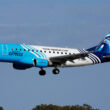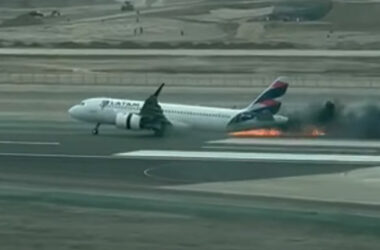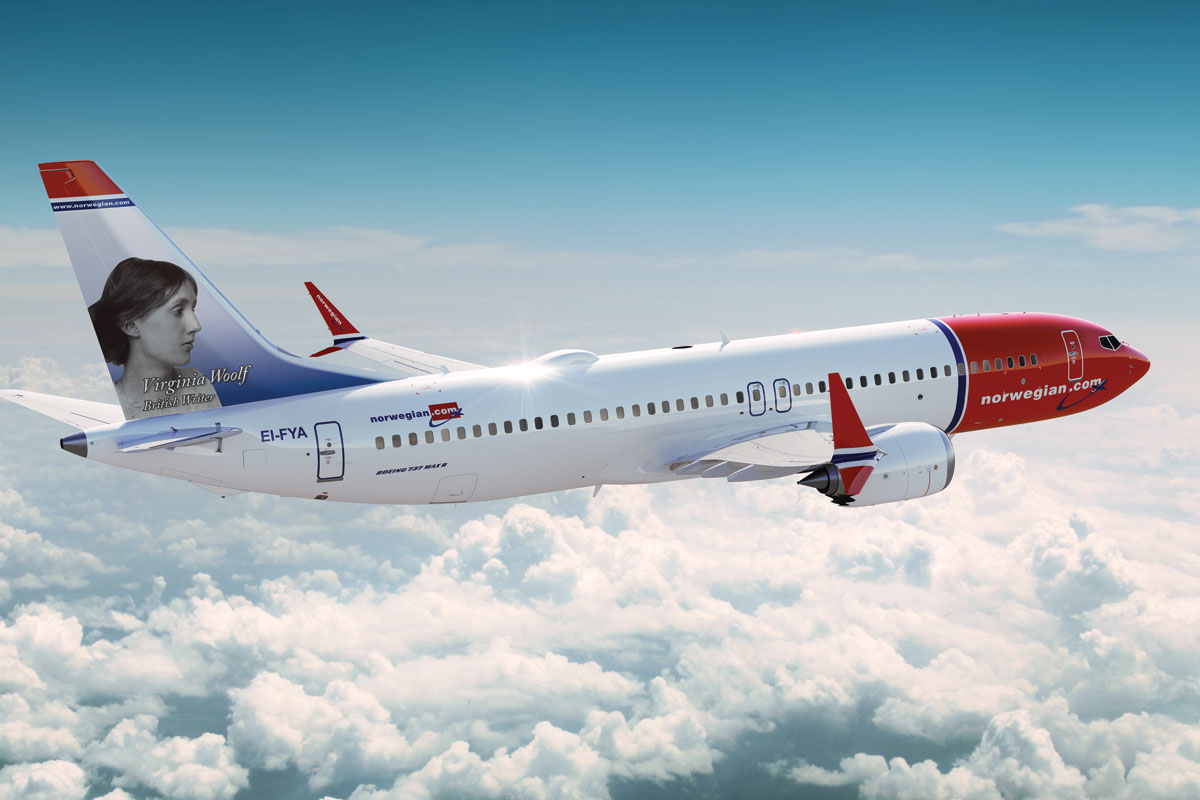A bespoke replacement for the 757 and 767 on domestic flights. That should have been the Boeing 787-3, a shorter-range variant of the widebody, which was ordered by the airlines JAL and ANA.
Ten years after the Dreamliner entered service at All Nippon Airways, pilots from the Japanese carrier held an interview where they shared the background of the aircraft’s introduction.
One of the crew, Commander Masami Tsukamoto, participated in the development of the 787 between 2008 and 2009, after ANA was the launch customer for the jet with an order for 50 planes in 2004.
Tsukamoto commented on the 787-3, which was supposed to replace the 767 on domestic routes in Japan in a high-density configuration. “The 787-3 had the same wingspan as the 767, but Boeing told us it couldn’t be developed due to insufficient fuel economy, so we decided to introduce the 787-8 into the domestic market,” he explained.
Although it was the same length as the 787-8 (57 meters), the 787-3 would have a much larger seating capacity, between 290 and 330 passengers.
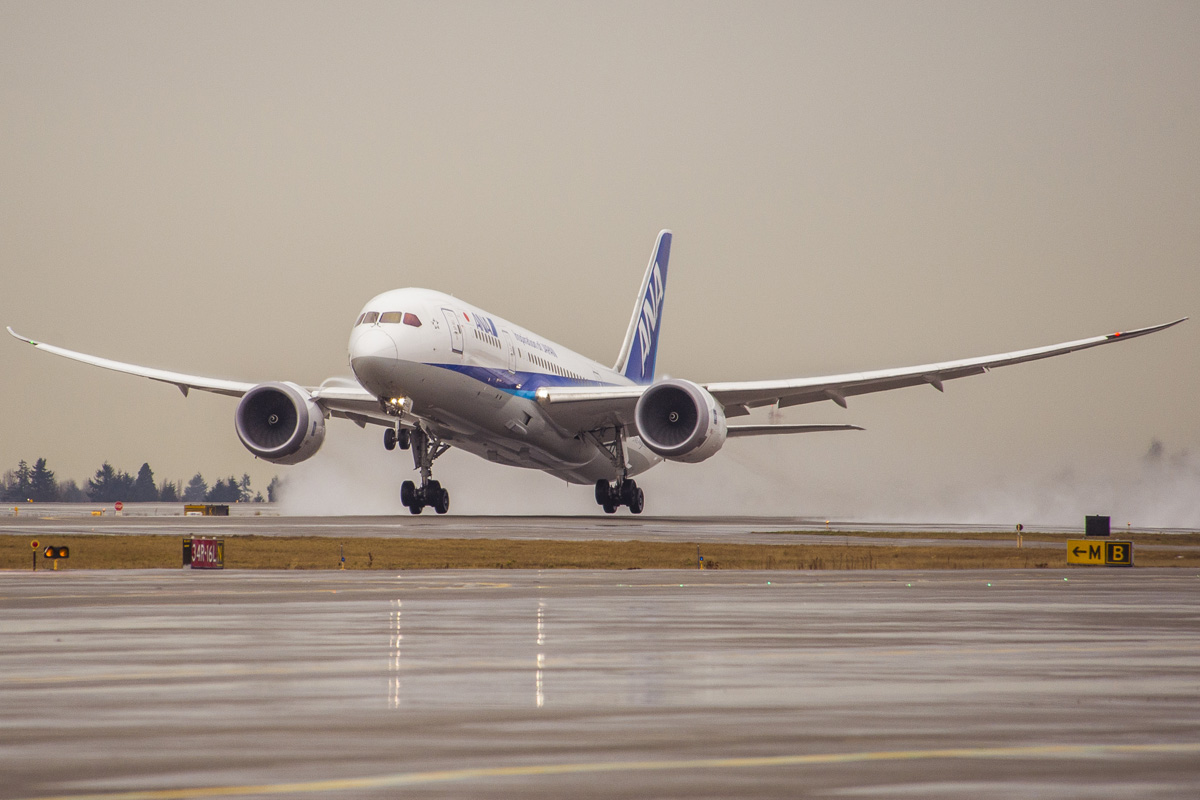
Without the need to carry out long-range flights, the aircraft would have a smaller wing, with a wingspan of 52 meters, and a maximum take-off weight (MTOW) of around 165 tons, against 228 tons of the 787-8.
Illustrations from Boeing at the time showed the 787-3 equipped with wingtip winglets to give some fuel economy.
With an estimated range of 3,050 nautical miles (5,650 km), the 787-3 could have been an option for operating coast-to-coast flights in the US, but Boeing ended up expanding the Dreamliner family “upwards” with the 787-9 and the 787-10.
Replacement for the 757 and 767
Today, the aircraft is experiencing manufacturing problems, although it has delivered more than a thousand units since 2011. And Boeing has suffered from a lack of product capable of meeting the good sales of the A321neo.

Last year, rumors said Boeing might reconsider the 787-3 as an alternative to the NMA, a project born from scratch and whose cost would be too high.
To make it interesting, the planemaker would design a new lighter wing and equip it with a less powerful engine.
Certainly, if it existed today, the 787-3 would be an attractive aircraft to replace hundreds of 757s and 767s that are being or have already been withdrawn from service.


